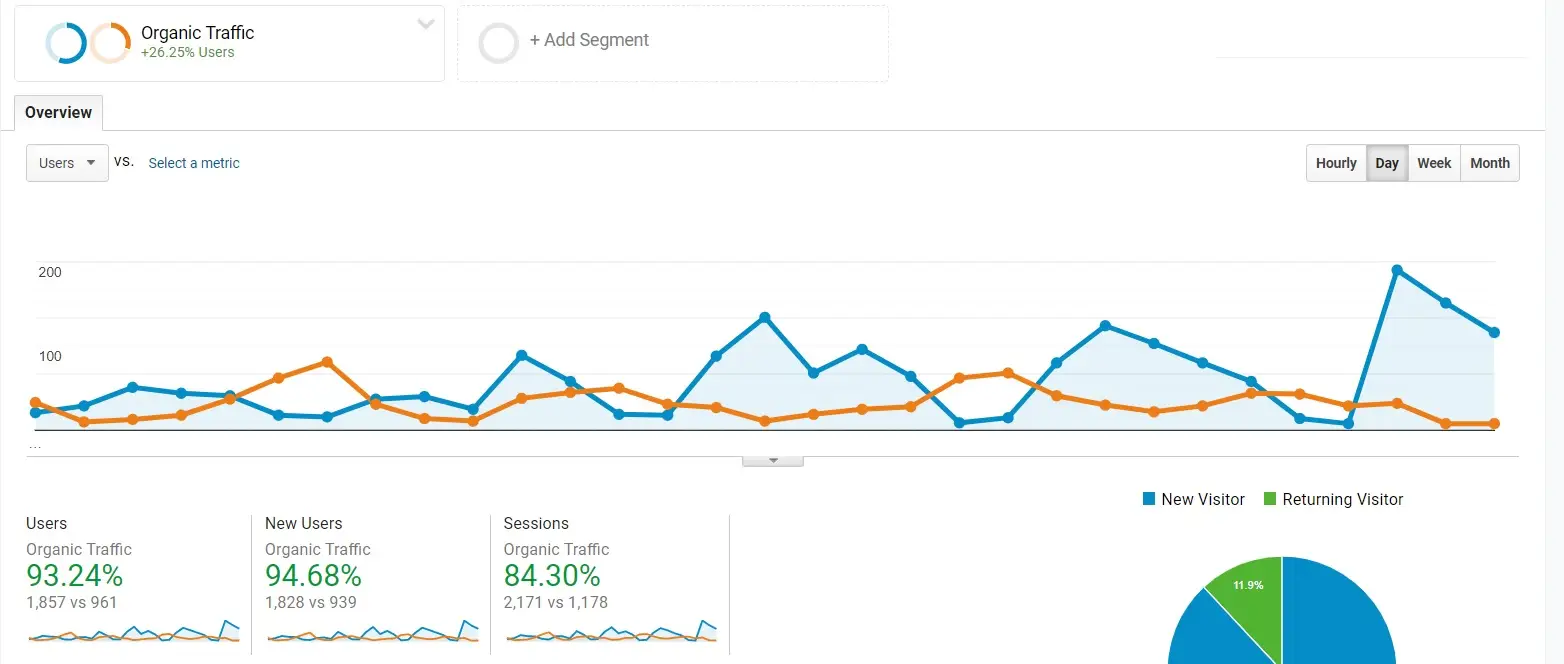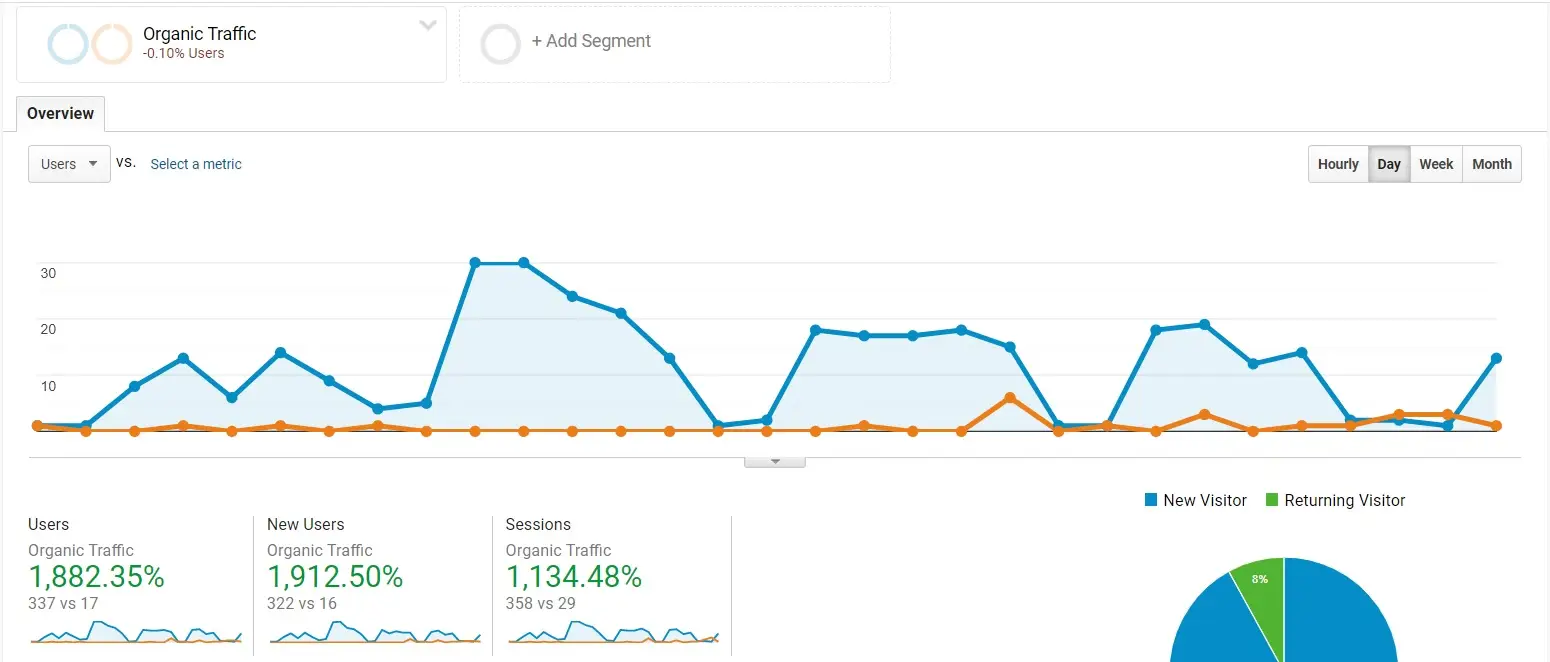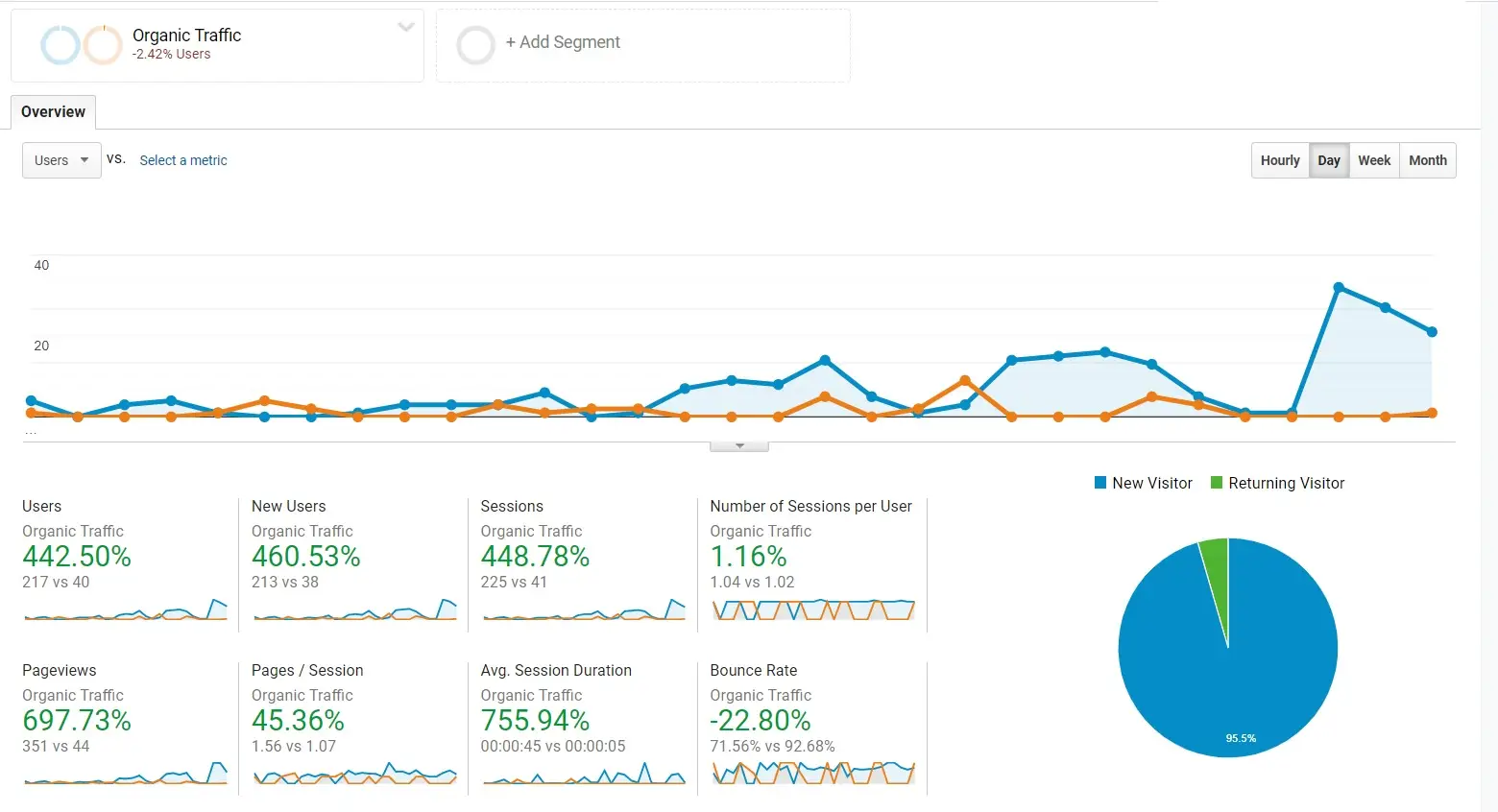Understanding and Reducing Bounce Rates
What is Bounce Rate?
Definition: Bounce rate is a web analytics metric that reflects the percentage of visitors who leave a site after viewing only one page. For instance, if 10,000 users visit your site and 2,700 exit without navigating to another page, the bounce rate is 27%.
Implications: A high bounce rate can indicate that your site may not meet visitor expectations, potentially due to poor content, slow loading times, or a confusing layout. While some bounce is normal (e.g., a user finding the information they need on a single page), consistently high rates can signal deeper issues that need addressing.
Why Bounce Rate Matters
User Engagement
A high bounce rate suggests that users are not engaging with your content. Engagement is crucial for building a relationship with visitors, leading to conversions, whether that’s making a purchase, signing up for a newsletter, or exploring more pages.
SEO Impact
Although bounce rate itself is not a direct ranking factor for search engines like Google, it can impact SEO indirectly. High bounce rates may indicate to search engines that users are not finding the content relevant, which can lead to lower search rankings over time. Websites that retain users and encourage deeper exploration tend to perform better in search results. Bounce rate metrics are key metrics we provide in our SEO reports.
Conversion Rates
A low bounce rate typically correlates with higher conversion rates. When visitors stay on your site longer, they are more likely to complete desired actions, whether that’s filling out a contact form, purchasing a product, or subscribing to a service.
12 Strategies to Lower Your Bounce Rate
1. Discover Visitor Exit Reasons
Importance: Understanding why visitors leave can provide actionable insights. Rather than guessing, you can gather specific feedback.
Implementation:
- Exit Surveys: Use exit-intent technology to trigger surveys when users are about to leave. Ask tailored questions about their experience and any issues they encountered.
- Data Analysis: Combine qualitative feedback with quantitative data from analytics to identify patterns.
2. Speed Up Page Load Times
Importance: Fast loading times are crucial for user retention. Studies show that even a one-second delay can significantly impact user satisfaction.
Tools: Utilize tools like Google PageSpeed Insights and GTmetrix to analyze page speed. Focus on:
- Image Optimization: Use formats like WebP for smaller file sizes.
- Minification: Reduce the size of CSS, HTML, and JavaScript files.
- CDN Use: Distribute content across servers globally for faster access based on user location.
3. Align Content with Visitor Expectations
Importance: If the content does not match what visitors expect from ads or search results, they’re likely to bounce.
Action:
- Content Audits: Regularly review and update your content to ensure it remains relevant and aligns with user intent.
- SEO Best Practices: Ensure that titles, meta descriptions, and content accurately reflect the page’s offerings.
4. Incorporate Engaging Videos
Importance: Videos can enhance user engagement, making content more digestible and captivating.
Implementation:
- Relevant Videos: Embed informative and entertaining videos that provide value or context to your written content.
- Video Optimization: Use thumbnails and captions to increase click-through rates.
5. Analyze Your Traffic Sources
Importance: Different channels bring in different types of visitors. Understanding where users come from can help tailor your content and marketing strategies.
Action:
- Traffic Segmentation: Use analytics tools to analyze traffic sources, such as social media, organic search, or paid ads.
- Targeted Marketing: Adjust your marketing strategies to attract the right audience for your offerings.
6. Optimize for Mobile
Importance: With a significant portion of web traffic coming from mobile devices, it’s essential to provide a seamless mobile experience.
Action:
- Responsive Design: Ensure that your site adapts to various screen sizes and orientations.
- Mobile Testing: Regularly test your site on multiple devices to ensure functionality and usability.
7. Build Trust with Social Proof
Importance: Social proof can significantly influence visitor behavior, increasing credibility and trust in your brand.
Implementation:
- Display Testimonials: Showcase customer reviews prominently on your site.
- Media Mentions: Highlight any notable coverage in press or media to establish credibility.
8. Create Clear Calls to Action (CTAs)
Importance: Well-defined CTAs guide users toward desired actions, improving engagement and conversions.
Action:
- Visibility: Ensure CTAs stand out visually with contrasting colors and strategic placement.
- Simplicity: Use clear, actionable language that tells users exactly what to do next.
9. Enhance Readability
Importance: Content that’s difficult to read can deter visitors. A clean layout improves user experience and retention.
Tips:
- Text Formatting: Use headings, subheadings, bullet points, and short paragraphs to break up text.
- Font Choices: Choose legible fonts and appropriate sizes to improve readability.
10. Leverage Internal Linking
Importance: Internal links can guide visitors to related content, increasing time spent on the site.
Action:
- Content Strategy: Develop a logical internal linking structure to promote exploration.
- Contextual Links: Include links within your content to direct users to additional articles or relevant pages.
11. Utilize Exit-Intent Popups
Importance: Exit-intent popups can capture abandoning visitors and offer them additional value.
Implementation:
- Value Proposition: Offer discounts, free resources, or compelling content to entice users to stay.
- Non-Intrusive Design: Ensure popups are visually appealing and not disruptive to the user experience.
12. Test and Optimize Continuously
Importance: User preferences can change, and ongoing optimization is crucial for maintaining engagement.
Action:
- A/B Testing: Regularly test different elements (headlines, images, layouts) to determine what works best for your audience.
- Iterative Improvements: Use data from tests to inform ongoing adjustments to your site.
FAQs About Bounce Rate
What’s the Average Bounce Rate?
Bounce rates vary by industry, and the average varies from 35% to 50%:
How to Find Bounce Rate in Google Analytics?
In Google Analytics 4, navigate to any report, click on the customization icon, and add “Bounce rate” under metrics for specific insights.
What Causes a High Bounce Rate?
Common causes of high bounce rates include:
- Slow loading times.
- Unclear or misleading content.
- Poor user experience or navigation issues.
Why Should You Care About Your Bounce Rate?
A high bounce rate can indicate poor user experience, leading to lower conversions and potentially impacting your search engine rankings. Reducing bounce rates can improve user engagement and overall site effectiveness.
Conclusion
Reducing your bounce rate is a continuous process that requires dedication and strategy. By implementing these comprehensive strategies, you can engage visitors more effectively, improve site performance, and ultimately achieve greater success online. Understanding bounce rate and actively working to improve it is vital for any effective digital marketing strategy.


